Diesel exhaust fluid (DEF), commonly known by trade names such as AdBlue, is a popular way that vehicle manufacturers can achieve Euro-5 emission control standards. As use of these products has become more widespread, issues of contamination of diesel fuel have increased.
If AdBlue is accidentally mixed with diesel, catastrophic damage can happen to the engine and fuel system resulting in tens of thousands of dollars worth of damage. This contamination usually happens when the DEF is purchased at the pump. It is corrosive and when added to the diesel tank it corrodes many parts of the fuel system. Bad contamination usually means you would need to replace the fuel filters, high-pressure fuel pump and the injectors, at minimum.
Can you clean a contaminated engine?
Unfortunately, no. All contaminated parts must be replaced as it’s difficult to ensure that simply cleaning the fuel system is enough to prevent further damage. Not having the vehicle repaired to an approved standard could invalidate the warranty, too.
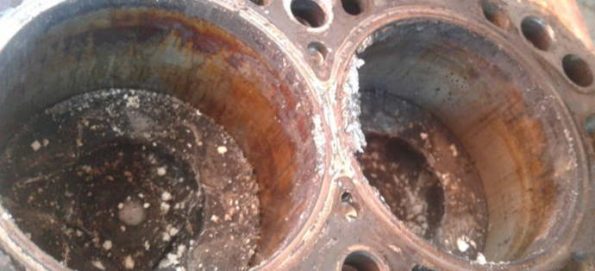
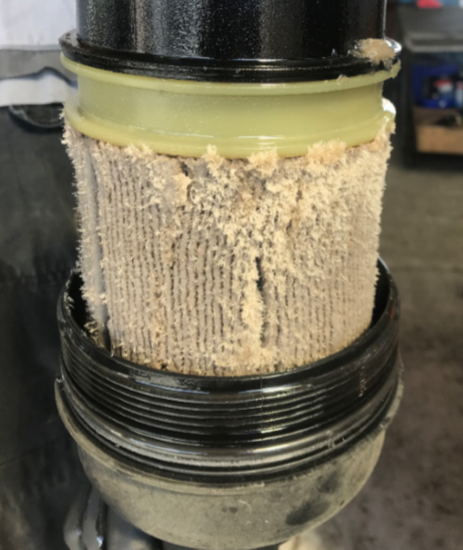
It’s almost impossible to put diesel into an AdBlue tank as there is a restrictor, making it narrower than a diesel pump, but this doesn’t apply the other way around – you can fit an AdBlue pump nozzle into a diesel tank.
If you get diesel in the AdBlue tank, as little as 5ml in a 20-litre tank can turn it into a damaging paste.
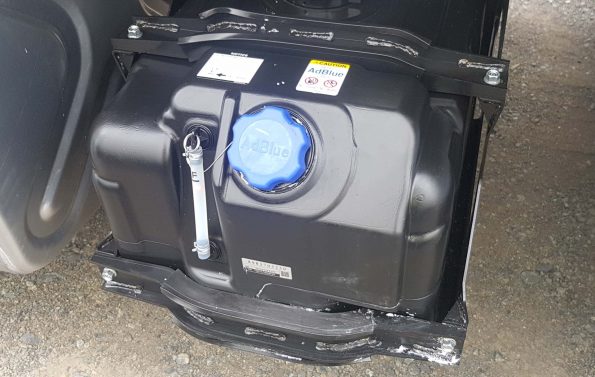
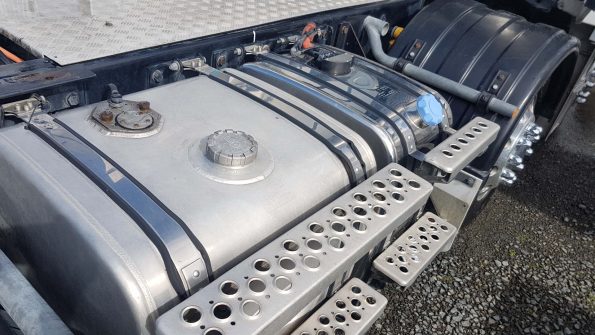
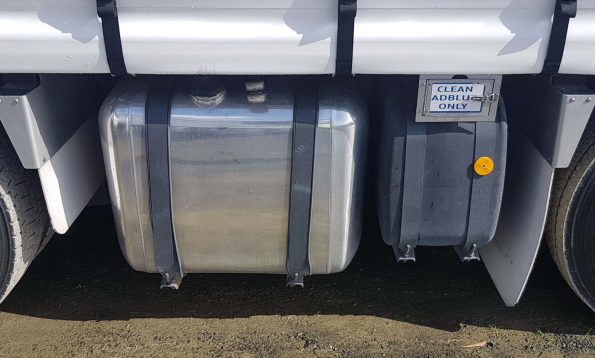
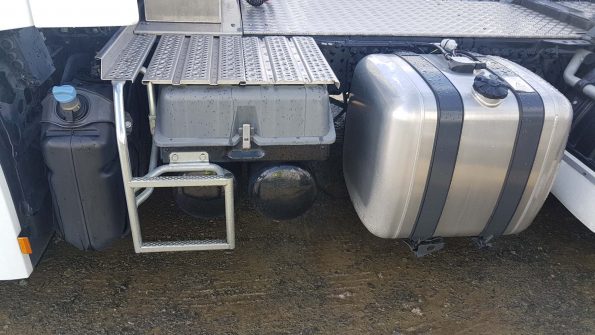
What if you have accidentally added Adblue to your fuel tank?
Before you fill, check to see that there’s not a brown film on top of the AdBlue which could indicate contamination
Don’t start the engine. The fuel tank can be drained and fresh fuel added. This will only result in the callout and fuel cost rather than the thousands of dollars it will cost to rebuild or repair the engine.
What is AdBlue?
AdBlue consists of high purity urea dissolved in de-ionised water (32.5% urea and 67.5% de-ionised water). It has a shelf life of 12-18 months if stored correctly. While commercial filling stations are the safest option they are not always conveniently placed so a lot of operators hold their own supply. This is where the trouble starts as temperature, sunlight and dusty conditions are the main culprits in reducing AdBlue life.
If the AdBlue filters are damaged, it will not allow the system to meet emission levels, causing fault codes.
How full should you fill your DEF tank?
Overfilling your tank can cause major problems. Products like AdBlue are 7% water, so if they freeze, they expand and can split the tank.
The liquid should not be allowed to enter the tank breather tube otherwise it crystallises because it has come into contact with the atmosphere. This blocks the breather tube, stopping the pump from being able to draw the liquid from the tank, and causing other blockages in associated lines and nozzles. The engine electronics will recognise this and eventually derate the engine or cause it not to start.
Only fill it up to the maximum level on the sight tube. If it doesn’t have a indicator tube, fill it until the pump shuts off automatically and check there is some air gap below the filler neck.
